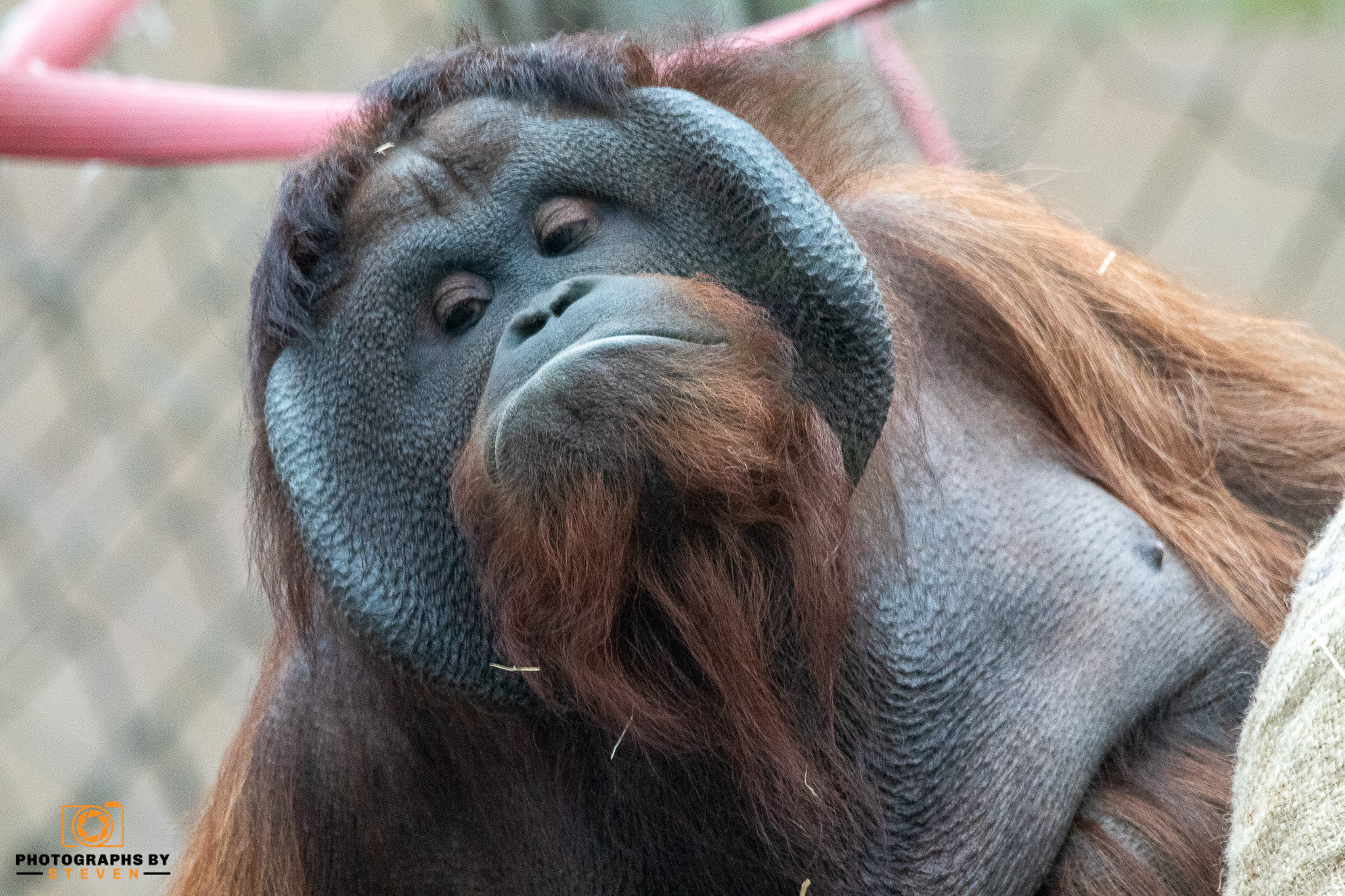Aviation photography is a challenging and rewarding field that requires both technical skill and a creative eye. Capturing the details of planes and helicopters in flight can be especially difficult, but with the right techniques and equipment, you can produce stunning images that showcase the beauty and power of these machines.
Shutter Speed
One key to successful aviation photography is to use a fast shutter speed. This will help you freeze the action and capture sharp, detailed images of the planes and helicopters in flight. You should also use a high ISO setting to help you capture images in low light conditions, such as when you are shooting at dawn or dusk.
Angles
Another important factor to consider is the angle and perspective of your shots. Try shooting from different angles to add interest and depth to your images. For example, you might try shooting from below the plane or helicopter to give a sense of scale, or from above to show the surrounding landscape. You can also use wide-angle lenses to capture the entire aircraft in your frame, or telephoto lenses to zero in on specific details.
Lighting
Lighting is also crucial in aviation photography. The best light for capturing planes and helicopters is often early in the morning or late in the afternoon, when the sun is low in the sky. This soft, diffuse light will help you avoid harsh shadows and highlights, and will give your images a more natural look.
Technical Considerations
In addition to lighting and perspective, there are a few other technical considerations to keep in mind when shooting aviation photography. For example, it's important to use a fast autofocus system to help you track moving planes and helicopters. You should also consider using continuous burst mode to capture a series of images in quick succession, which can help you capture the perfect moment.
Composition
Another important aspect of aviation photography is composition. Pay attention to the placement of the planes and helicopters in your frame, and try to include some visual interest in the background to add depth and context to your images. You can also use leading lines, such as the clouds or the horizon, to draw the viewer's eye into the image.
Experiment
Finally, don't be afraid to experiment with your camera settings and techniques. The more you practice and try new things, the better you will become at capturing the details of planes and helicopters in flight. And don't forget to have fun – aviation photography is a great way to combine your passion for photography with your love of flying and aircraft.
In conclusion, capturing the details of planes and helicopters in flight is a challenging but rewarding pursuit. By using a fast shutter speed, a high ISO setting, and the right angles and perspective, you can produce stunning aviation photography that showcases the beauty and power of these incredible machines. So grab your camera and start exploring the exciting world of aviation photography today!



Leave me a comment
Thank you for reading my post, if you want to leave a comment, you can do so below.